Agilent E5061A/E5062A ENA Series RF Network Analyzers
1� Precautions
Software Installed
2� Overview of Functions
Front Panel: Names and Functions of Parts
1. Standby Switch
2. LCD Screen
3. ACTIVE CH/TRACE Block
4. RESPONSE Block
5. STIMULUS Block
6. Floppy Disk Drive
7. NAVIGATION Block
8. ENTRY Block
9. INSTR STATE Block
10. MKR/ANALYSIS Block
11. Test Port
12. Front USB Port
13. Ground Terminal
Screen Area: Names and Functions of Parts
1. Menu Bar
2. Data Entry Bar
3. Softkey Menu Bar
4. Instrument Status Bar
5. Channel Window
Rear Panel: Names and Functions of Parts
1. Fan
2. Power Cable Receptacle (to LINE)
3. Line Switch (Always ON)
4. Ethernet Port
5. Printer Parallel Port
6. External Monitor Output Terminal (Video)
7. Handler I/O Port
8. External Trigger Input Connector (Ext Trig)
9. GPIB Connector
10. External Reference Signal Input Connector (Ref In)
11. Internal Reference Signal Output Connector (Ref Out)
12. Certificate of Authenticity Label
13. Mini-DIN Mouse Port
14. Mini-DIN Keyboard Port
15. Rear USB port
16. Reserved Port (Reserved)
17. Serial Number Plate
3� Setting Measurement Conditions
Initializing Settingss
Setting Channels and Traces
Setting channel display (layout of channel windows)
Setting trace display
Active channel
Active trace
Setting target for each setting item (range to which setting affects)
Setting the System Z0
Setting Stimulus Conditions
Setting sweep type
Setting the Sweep Range
On/off of stimulus signal output
Setting fixed frequency at power sweep
Setting power level at frequency sweep
Setting the Number of Points
Setting the Sweep Time
Selecting Measurement Parameters
Definition of S-Parameters
Setting Up S-Parameters
Selecting a Data Format
Rectangular Display Formats
Polar Format
Smith Chart Format
Selecting a Data Format
Setting the Scales
Auto Scale
Manual Scale Adjustment on a Rectangular Display Format
Manual Scale Adjustment on the Smith Chart/Polar Format
Setting the Value of a Reference Line Using the Marker
Setting Window Displays
Maximizing the Specified Window/Trace Display
Turning Off the Display of Graticule Labels
Displaying the Graticule Label Display Using Relative Values
Hiding Frequency Information
Labeling a Window
Setting display colors
4� Calibration
Measurement Errors and their Characteristics
Drift Errors
Random Errors
Systematic Errors
Calibration Types and Characteristics
Checking Calibration Status
Execution status of error correction for each channel
Execution status of error correction for each trace
Acquisition status of calibration coefficient for each channel
Selecting Calibration Kit
OPEN/SHORT Response Calibration (Reflection Test)
Procedure
THRU Response Calibration (Transmission Test)
THRU Response Calibration:procedure
1-Port Calibration (Reflection Test)
Procedure
Enhanced Response Calibration
Procedure
Full 2-Port Calibration
Procedure
ECal (Electronic Calibration)
1-Port Calibration Using the ECal Module
Enhanced Response Calibration Using the ECal Module
Full 2-Port Calibration Using the ECal Module
Changing the Calibration Kit Definition
Definitions of Terms
Defining Parameters for Standards
Redefining a Calibration Kit
Default Settings of Pre-defined Calibration Kits
5� Making Measurements
Setting Up the Trigger and Making Measurements
Sweep Order in Each Channel
Trigger Source
Trigger Modes
Setting Up the Trigger and Making Measurements
6� Data Analysis
Analyzing Data on the Trace Using the Marker
About Marker Functions
Reading Values on the Trace
Reading the Relative Value From the Reference Point on the Trace
Reading Only the Actual Measurement Point/Reading the Value Interpolated Between Measurement Points
Setting Up Markers for Each Trace/Setting Up Markers for Coupled Operations Between Traces
Listing All the Marker Values in All the Channels Displayed
Specifying the display position of marker values
Aligning maker value displays
Displaying all marker values for displayed traces
Searching for Positions that Match Specified Criteria
Setting Search Range
Automatically Executing a Search Each Time a Sweep is Done (Search Tracking)
Searching for the Maximum and Minimum Measured Values
Searching for the Target Value (Target Search)
Searching for the Multiple Target Values (Multi-target Search)
Searching for the Peak
Searching for Multiple Peaks
Determining the Bandwidth of the Trace (Bandwidth Search)
Executing a Bandwidth Search
Obtaining the bandwidth of a trace (notch search)
Executing a notch Search
Determining the Mean, Standard Deviation, and p-p of the Trace
Displaying Statistics Data
Obtaining Span, Gain, Slope, and Flatness between Markers
Operational procedure
Obtaining Loss, Ripple, and Attenuation of the RF Filter
Operational procedure
Comparing Traces/Performing Data Math
Performing Data Math Operations
Performing parameter conversion of measurement result
Operational procedure
7� Data Output
Saving and Recalling Instrument State
Compatibility of files related to saving and recalling
Save procedure
Recall procedure
Recall Procedure Using “Recall by File Name” Feature
Order of recalling the configuration file at startup
Saving/recalling instrument state for each channel into/from memory
Operational procedure
Saving/Recalling Calibration Data for Each Channel into/from Memory
Operational Procedure
Saving Trace Data to a File
Saving data as a CSV file
Saving data in Touchstone format
Saving the Screen Image to a File
Saving the Screen Image to a File
Organizing Files and Folders
To open Windows Explorer
To copy a file or folder
To move a file or folder
To delete a file or folder
To rename a file or folder
To format a floppy disk
Printing Displayed Screen
Available printers (supported printers)
Printed/saved images
Print procedure
8� Limit Test
Limit Test
Concept of limit test
Displaying judgment result of limit test
Defining the Limit Line
Changing the limit line display method
Turning the Limit Test ON/OFF
Initializing the Limit Table
Offsetting trace data
Limit line offset
Ripple test:Concept
Concept of ripple test
Displaying ripple test results
Configuring ripple limit
Turning on/off ripple test and displaying results
Initializing the limit table
Bandwidth test:Concept
Displaying Bandwidth Test Results
Set up bandwidth test
Turning On/Off Bandwidth Test and Displaying Results
9� Optimizing Measurements
Expanding the Dynamic Range
Lowering the Receiver Noise Floor
Reducing Trace Noise
Turning on Smoothing
Improving the Accuracy of Phase Measurements
Electrical Delay
Port Extension
Phase Offset
Specifying the Velocity Factor
Improving the Measurement Throughput
Turning Off the Updating of Information Displayed on the LCD Screen
Performing a Segment-by-Segment Sweep (Segment Sweep)
Concept of the Segment Sweep
Conditions for Setting Up a Segment Sweep
Items that can be set for each segment
Sweep Delay Time and Sweep Time in a Segment Sweep
Frequency Base Display and Order Base Display
Procedure
10� Setting and Using the Control and Management Functions
Setting the GPIB
Setting talker/listener GPIB address of E5061A/E5062A
Setting system controller (USB/GPIB interface) when c drive volume label in hard disk is less tha...
Setting system controller (USB/GPIB interface) when c drive volume label in hard disk is more tha...
Setting the Internal Clock
Setting the Date and Time
Setting the Date/Time Display ON/OFF
Setting the Mouse
Setup Step
Configuring the Network
Enabling/disabling network
Setting IP address
Specifying computer name
Remote Control Using HTTP
Required Modification of Settings
Controlling the Web Server from an External PC
Web Server Function
Identifying the E5061A/E5062A Controlled from the External PC
Password of the Web Server Function
Procedure to Change the Password of the Web Server Function
Checkin the LAN Connection Status
How to Start VNC Server Configuration
Accessing Hard Disk of E5061A/E5062A from External PC
Enabling the access form the external PC
Accessing hard disk of E5061A/E5062A from external PC
Locking the Front Keys, Keyboard, and/or Mouse (Touch Screen)
Locking the Front Keys, Keyboard, and/or Mouse
Setting the Beeper (Built-in Speaker)
Setting the Operation Complete Beeper
Setting the Warning Beeper
Turning off the LCD Screen Backlight
Turning off the LCD Screen Backlight
Checking the product information
Checking the serial number
Checking the Firmware Revision
Setting the preset function
Showing/hiding the confirmation buttons when presetting
Setting the user preset function
Saving a user-preset instrument state
System Recovery
Types of system recoveries
Notes on executing the factory recovery function
Procedure to execute the factory recovery function
Procedure to create the user backup image
Procedure to execute the user recovery function
Calibration of the Touch Screen
11� Measurement Examples
Measuring the SAW Bandpass Filter Using the Segment Sweep
Evaluation Steps
1. Determine the Segment Sweep Conditions
2. Create a Segment Sweep Table
3. Select the Segment Sweep as the Sweep Type
4. Execute the Calibration
5. Connect the DUT
6. Execute the Measurement
7. Define the Setup for Display
Measuring the Deviation from a Linear Phase
Evaluation Steps
1. Connect the DUT
2. Define the Measurement Conditions
3. Execute the Calibration
4. Connect the DUT and Execute the Auto Scale
5. Specify the Electrical Delay
6. Measure the Deviation from a Linear Phase
12� Specifications and Supplemental Information
Definitions
Corrected System Performance
Uncorrected System Performance
Test Port Output (Source)
Test Port Input
General Information
Measurement Throughput Summary
Measurement capabilities
Source control
Trace functions
Data accuracy enhancement
Storage
System capabilities
Automation
13� Information on Maintenance
Backing Up the Data
Making Backup Files
Cleaning this Instrument
Cleaning an LCD
Maintenance of Test Ports and Other Connectors/Ports
Cleaning a Display Other than an LCD
Replacement of Parts with Limited Service Life
Cautions Applicable to Requesting Repair, Replacement, Regular Calibration, etc.
Backing Up Data in the Hard Disk
Devices to be Sent Back for Repair or Regular Calibration
Recommended Calibration Period
A� Manual Changes
Manual Changes
Change 4
Change 3
Change 2
Change 1
B� Troubleshooting
Troubleshooting
Troubleshooting:during Startup
Troubleshooting during Operation
Troubleshooting for External Devices
Error Messages
A
B
C
D
E
F
G
H
I
L
M
N
O
P
Q
R
S
T
U
Warning Message
C� List of Default Values
List of Default Values, Save/Recall Settings, and Backup Settings
D� Softkey Functions
E5061A/E5062A Menu (Top Menu)
Analysis Menu
Average Menu
Calibration Menu
Display Menu
Format Menu
Macro Setup Menu
Marker Menu
Marker Function Menu
Marker Search Menu
Measurement Menu
Preset Menu
Save/Recall Menu
Scale Menu
Stimulus Menu
Sweep Setup Menu
System Menu
Trigger Menu
E� General Principles of Operation
System Description
Synthesized Source
Source Switcher
Signal Separator
Receiver
Data Processing
ADC
Digital Filter
IF Range Correction
Ratio Calculation
Port Characteristics Correction
Sweep Averaging
Raw Data Array
Error Correction/Error Correction Coefficient Array
Port Extension
Corrected Data Array
Corrected Memory Array
Data Math
Electrical Delay/Phase Offset
Data Format/Group Delay
Smoothing
Reference tracking
Formatted Data Array/Formatted Memory Array
Offset/Scale
Display
Symbols
Numerics
A
B
C
D
E
F
G
H
I
K
L
M
N
O
P
Q
R
S
T
U
V
W
Y
Z
Index
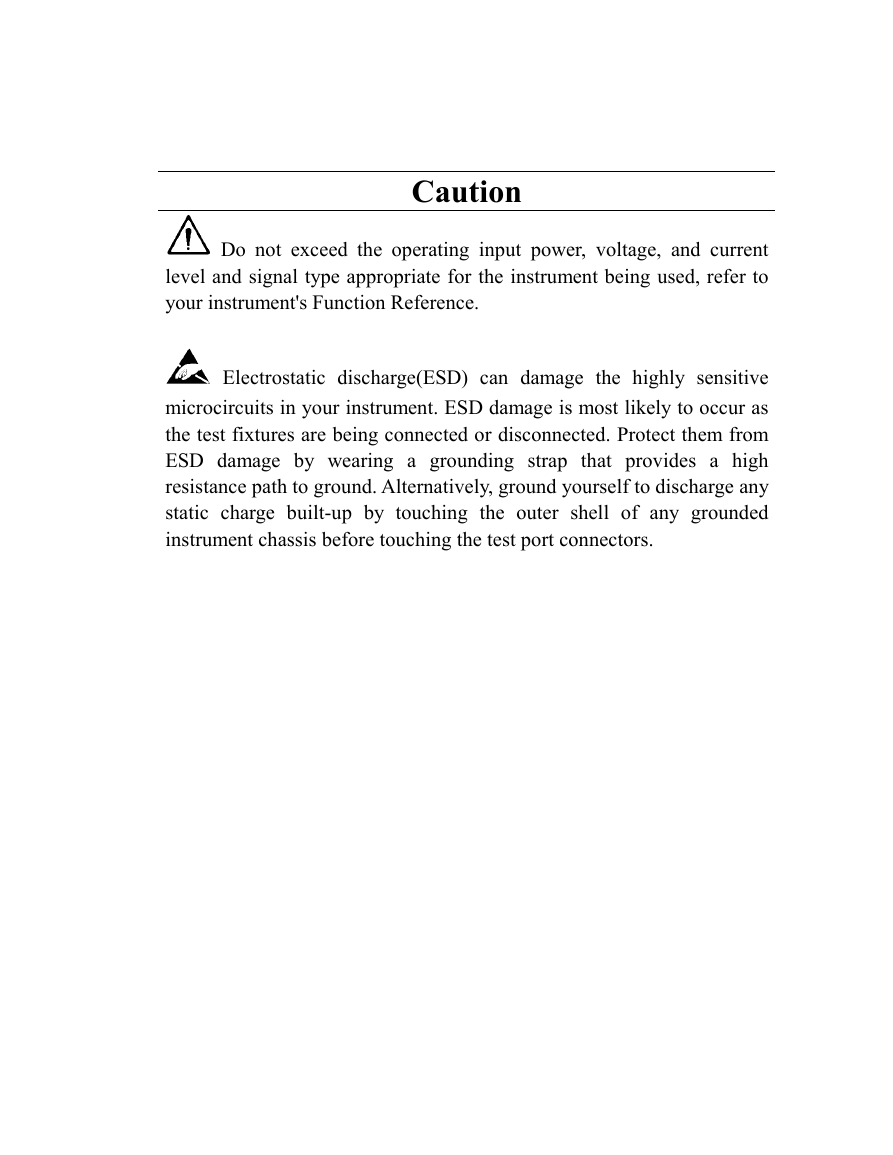
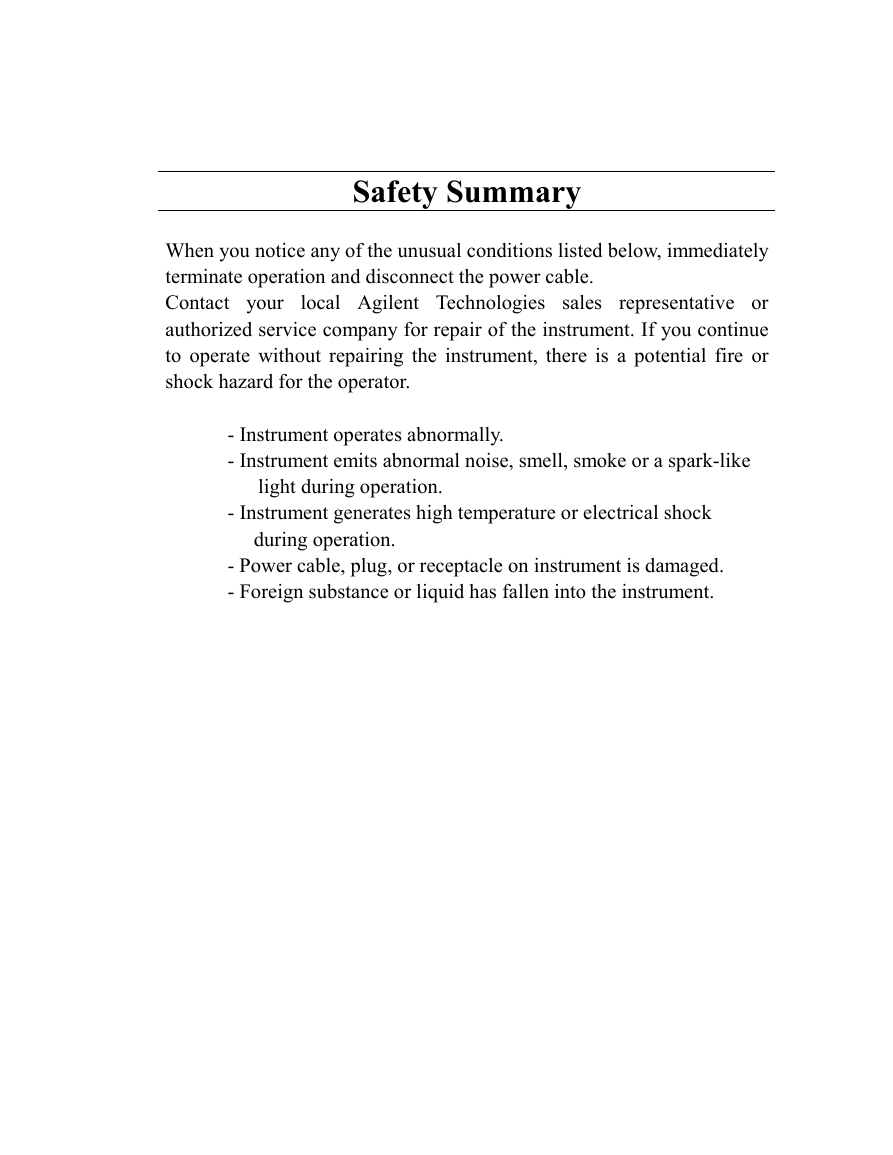
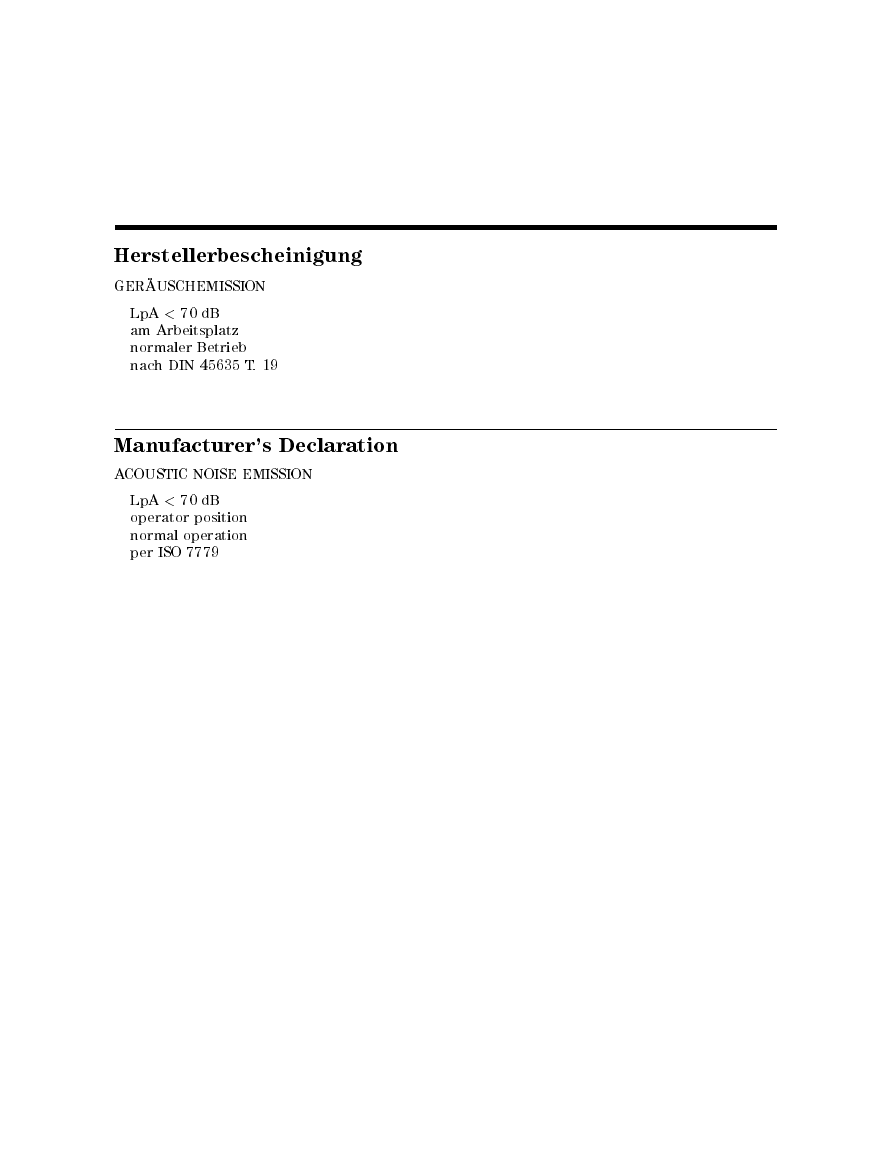
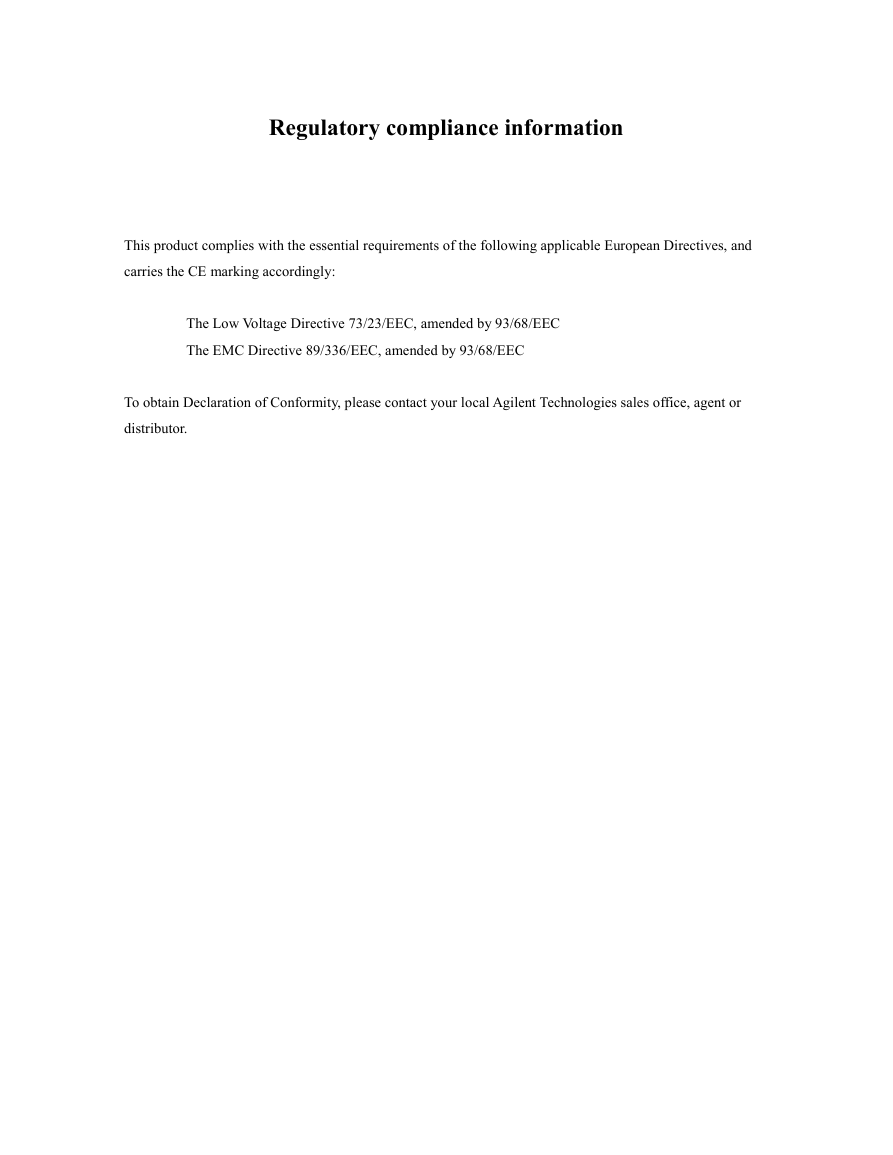


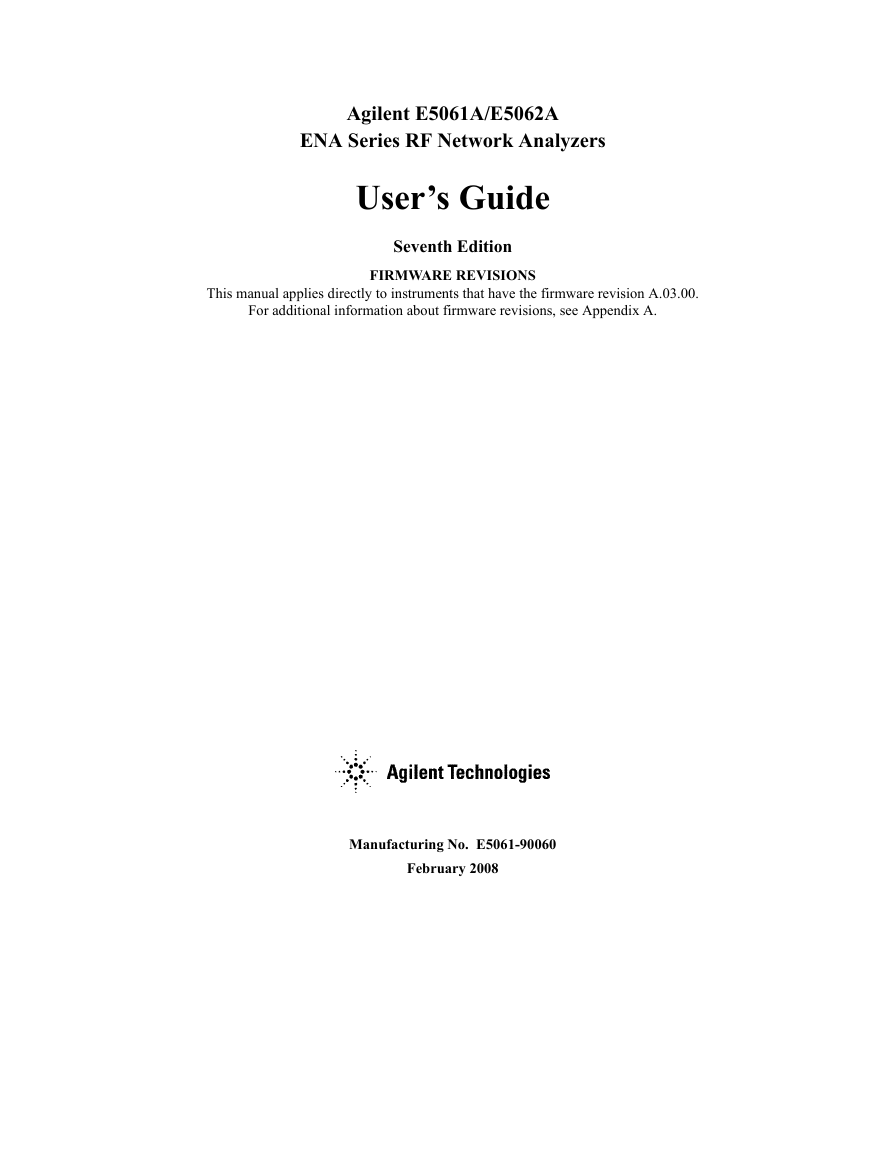
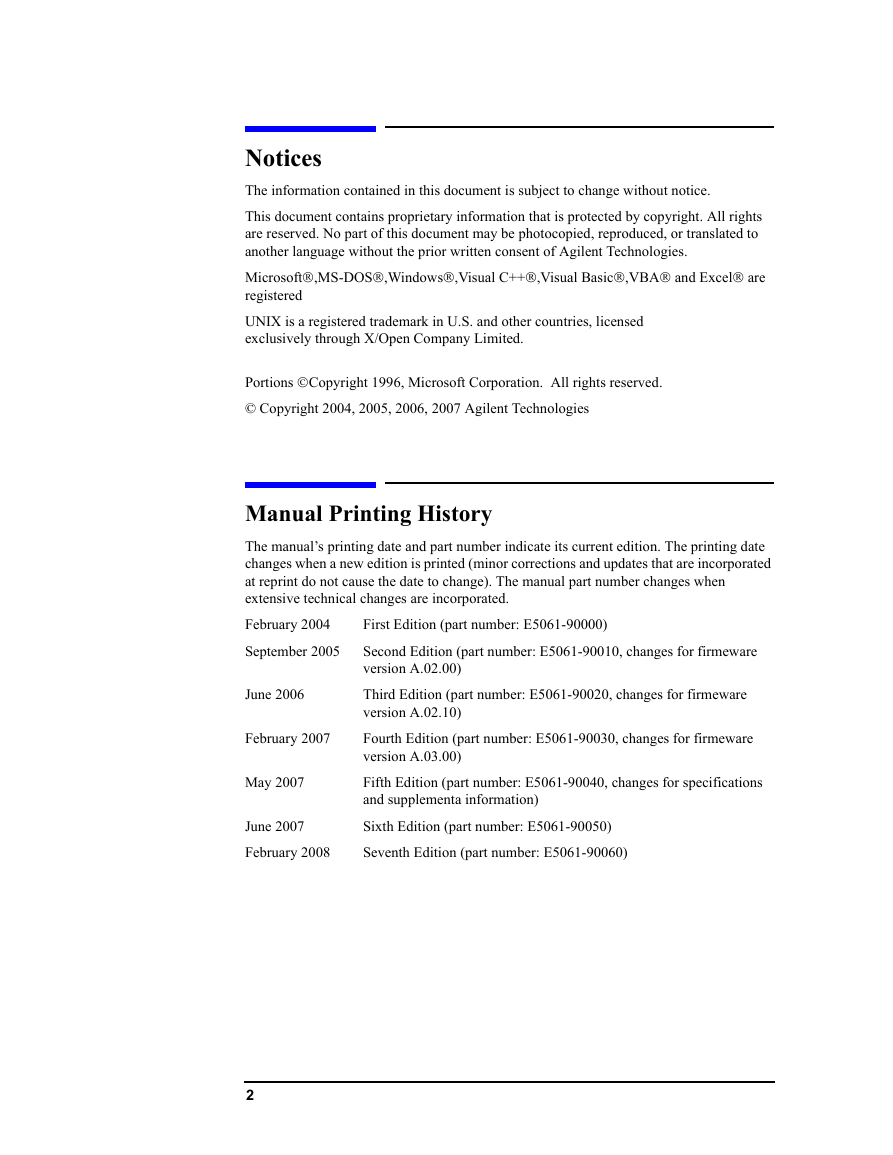








 2023年江西萍乡中考道德与法治真题及答案.doc
2023年江西萍乡中考道德与法治真题及答案.doc 2012年重庆南川中考生物真题及答案.doc
2012年重庆南川中考生物真题及答案.doc 2013年江西师范大学地理学综合及文艺理论基础考研真题.doc
2013年江西师范大学地理学综合及文艺理论基础考研真题.doc 2020年四川甘孜小升初语文真题及答案I卷.doc
2020年四川甘孜小升初语文真题及答案I卷.doc 2020年注册岩土工程师专业基础考试真题及答案.doc
2020年注册岩土工程师专业基础考试真题及答案.doc 2023-2024学年福建省厦门市九年级上学期数学月考试题及答案.doc
2023-2024学年福建省厦门市九年级上学期数学月考试题及答案.doc 2021-2022学年辽宁省沈阳市大东区九年级上学期语文期末试题及答案.doc
2021-2022学年辽宁省沈阳市大东区九年级上学期语文期末试题及答案.doc 2022-2023学年北京东城区初三第一学期物理期末试卷及答案.doc
2022-2023学年北京东城区初三第一学期物理期末试卷及答案.doc 2018上半年江西教师资格初中地理学科知识与教学能力真题及答案.doc
2018上半年江西教师资格初中地理学科知识与教学能力真题及答案.doc 2012年河北国家公务员申论考试真题及答案-省级.doc
2012年河北国家公务员申论考试真题及答案-省级.doc 2020-2021学年江苏省扬州市江都区邵樊片九年级上学期数学第一次质量检测试题及答案.doc
2020-2021学年江苏省扬州市江都区邵樊片九年级上学期数学第一次质量检测试题及答案.doc 2022下半年黑龙江教师资格证中学综合素质真题及答案.doc
2022下半年黑龙江教师资格证中学综合素质真题及答案.doc